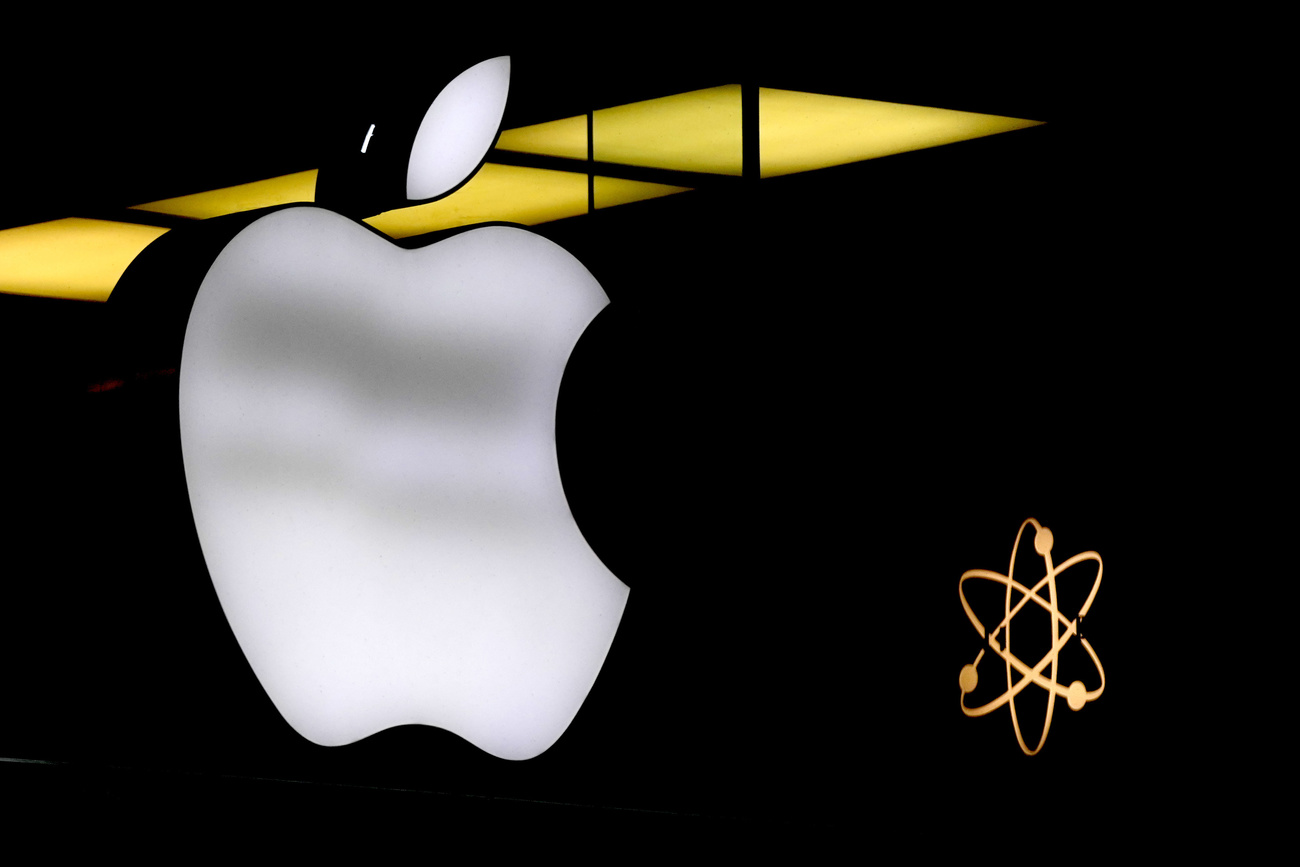Metals, Vol. 13, Pages 1402: Numerical Simulation on Crack–Inclusion Interaction for Rib-to-Deck Welded Joints in Orthotropic Steel Deck
Metals doi: 10.3390/met13081402
Authors: Yuan Luo Xiaofan Liu Fanghuai Chen Haiping Zhang Xinhui Xiao
Weld defects such as porosity, inclusion, burn-through, and lack of penetration are difficult to detect and control effectively in an orthotropic steel deck (OSD), which will be a fatigue crack initiation site and lead to several fatigue cracking. The crack growth behavior in defective welded joints is different from that of defect-free joints. This study investigates crack–inclusion interaction for rib-to-deck welded joints in OSDs based on numerical simulation and linear elastic fracture mechanics (LEFM). A refined finite element model of a half U-rib with cracks and inclusions was established by using the FRANC3D-ABAQUS interactive technology. The full processes of the crack–inclusion interaction from approaching and penetrating were accurately simulated. Critical parameters, including the stress intensity factor (SIF), the shape factor, the growth rate, and the growth direction were analyzed. The stiff and soft inclusions amplify and shield the SIF of cracks when the crack grows to the local area of inclusions. During the entire process of crack growth, the soft and stiff inclusion accelerate and inhibit the crack growth, respectively. The stiff inclusion will lead to asymmetric growth of the crack shape, where the portion of the crack away from the inclusions has a higher growth rate. The soft and stiff inclusions will attract and repel the direction of crack growth at the proximal point, respectively.

 9 months ago
26
9 months ago
26


